Overleaf Alternatives 2025: Top LaTeX Tools
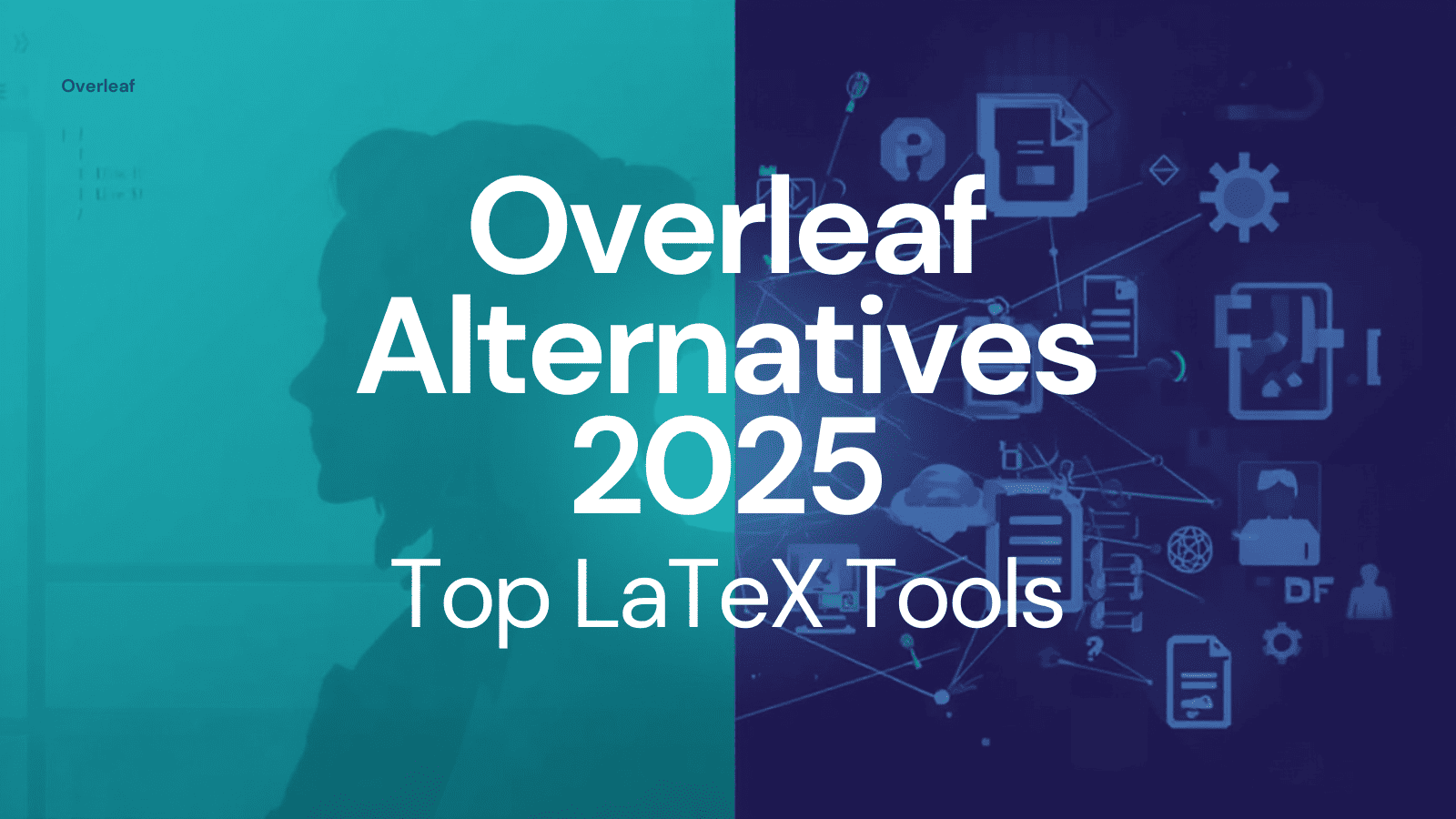
TL;DR: Overleaf remains one of the most popular LaTeX editors for academic and technical writing—but it's not the only option in 2025. This guide reviews the top Overleaf alternatives, from LaTeX-focused editors like TeXstudio, Authorea, and Papeeria, to enterprise document tools like PDFelement, PandaDoc, and Conga Composer. You'll learn why some users switch—offline editing, deeper integrations, or workflow automation—and how to migrate your Overleaf projects seamlessly to new platforms. Whether you're a researcher, developer, or business team, this article helps you find the right tool for your workflow—balancing precision, collaboration, and flexibility in modern document creation.
When it comes to writing scientific papers, academic reports, or technical documents, few tools rival Overleaf. Its cloud-based LaTeX environment has become a staple for students, researchers, and engineers who rely on precision typesetting and real-time collaboration.
But as workflows evolve and teams diversify, many users are looking for Overleaf alternatives—tools that offer offline editing, deeper integrations, or enterprise-grade control. Whether you're a solo researcher or part of a large organization, 2025 offers an impressive range of LaTeX and document collaboration tools that could better match your needs.
This guide dives into the best Overleaf alternatives in 2025, explains what to look for in a replacement, and highlights the strengths and trade-offs of each platform.
Why Look for Overleaf Alternatives?
Overleaf is powerful—but not perfect. Depending on your goals, you might find its environment either too specialized or too limited. Here are the most common reasons users explore alternatives:
1. Offline Editing
Overleaf runs entirely in the cloud, meaning an internet connection is required for almost everything. Users who prefer local editing, especially when traveling or working on sensitive data, may need a desktop-based LaTeX editor.
2. Pricing and Storage
The free tier offers limited project history and collaboration features. For larger research groups or institutions, Overleaf's paid plans can add up, especially when multiple users need premium access.
3. Advanced Integration Needs
Businesses or enterprise teams often need tools that integrate with CRMs, proposal software, or document automation systems—capabilities that Overleaf, focused on LaTeX, doesn't provide natively.
4. UI Simplicity and Control
Some users want a lighter interface or customizable templates without the complexity of LaTeX syntax. Others, conversely, want more power—such as advanced PDF editing, e-signatures, or automation workflows.
In short, the ideal Overleaf alternative depends on what you value most: LaTeX precision, document flexibility, or collaboration efficiency.
How We Evaluated These Alternatives
To create this 2025 list, we reviewed dozens of documents and LaTeX-based platforms, drawing insights from user reviews on G2, Capterra, and community discussions.
Each tool was evaluated on:
- Core Functionality – Does it support LaTeX or high-precision document creation?
- Ease of Use – How steep is the learning curve?
- Collaboration Features – Real-time co-editing, commenting, and version control.
- Integration and Automation – Compatibility with PDFs, CRMs, APIs, or cloud storage.
- Pricing Flexibility – Free tiers, education discounts, or scalable enterprise plans.
Top 10 Overleaf Alternatives in 2025
Wondershare PDFelement
Overview:
A versatile PDF and document automation tool that enables teams to create, edit, and manage professional documents effortlessly—perfect for organizations transitioning from LaTeX to workflow-driven writing.
Key Features:
- AI-powered OCR and advanced PDF editing
- Form creation and e-signature automation
- Cloud integration (Google Drive, Dropbox, OneDrive)
- Cross-platform availability (Windows, macOS, iOS, Android)
Best For:
Teams and enterprises focus on documentation workflows, form automation, and digital signatures.
Pros & Cons:
✅ Powerful editing and automation tools
✅ Simple, intuitive interface for non-technical users
❌ No native LaTeX or equation rendering support
Compared to Overleaf:
PDFelement replaces Overleaf's collaborative typesetting with workflow automation and form-based efficiency—ideal for administrative or enterprise use cases.
Conga Composer
Overview:
An enterprise-grade tool designed to generate, manage, and automate business documents directly from CRM data like Salesforce.
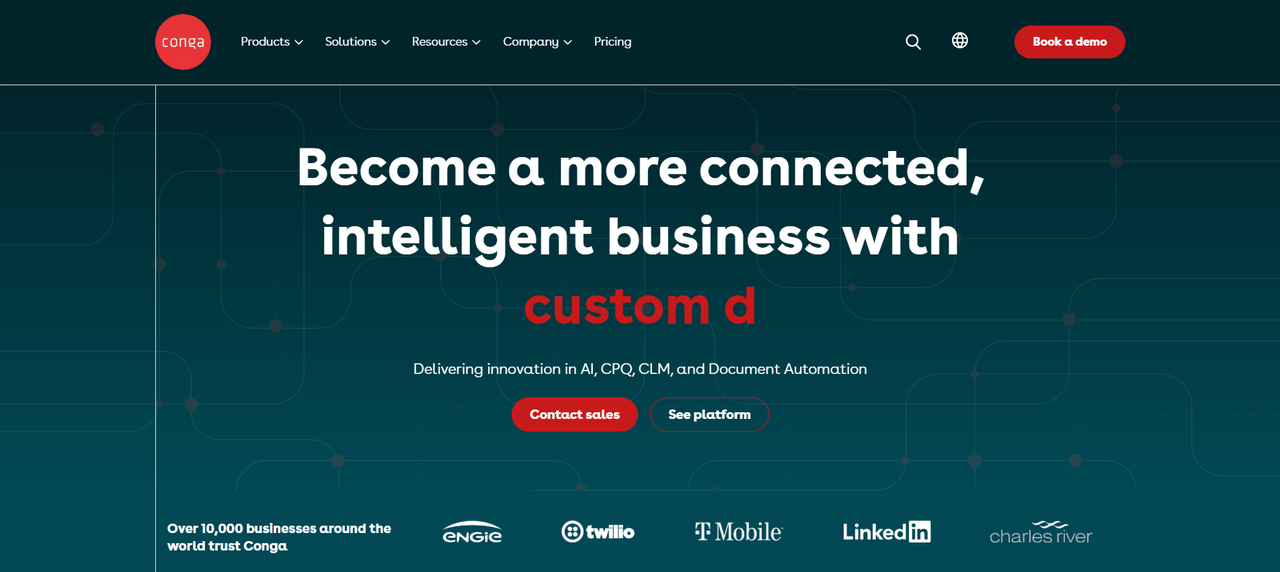
Key Features:
- Dynamic document generation from live CRM data
- Workflow automation with approvals and version control
- Real-time analytics and usage reporting
- Cloud-based and enterprise-compliant environment
Best For:
Organizations that rely heavily on structured document generation and client communication.
Pros & Cons:
✅ Automates repetitive proposal and contract creation
✅ Excellent Salesforce integration
❌ Lacks LaTeX or mathematical formatting tools
Compared to Overleaf:
While Overleaf focuses on precise academic formatting, Conga Composer is tailored to large-scale business and data-driven documentation.
PandaDoc
Overview:
A collaborative platform for creating, tracking, and signing proposals, quotes, and contracts—all in a user-friendly online editor.

Key Features:
- Real-time collaborative editing and commenting
- 1,000+ ready-to-use templates
- Analytics for document views and engagement
- Native integrations with HubSpot, Notion, and Slack
Best For:
Startups, marketing agencies, and business teams manage proposals or contracts.
Pros & Cons:
✅ Fast, intuitive drag-and-drop builder
✅ Strong collaboration and analytics features
❌ No LaTeX or academic formatting support
Compared to Overleaf:
More suited for interactive document collaboration than academic or mathematical typesetting.
Adobe Acrobat
Overview:
The industry-standard PDF editor for professional publishing, collaboration, and secure document exchange.
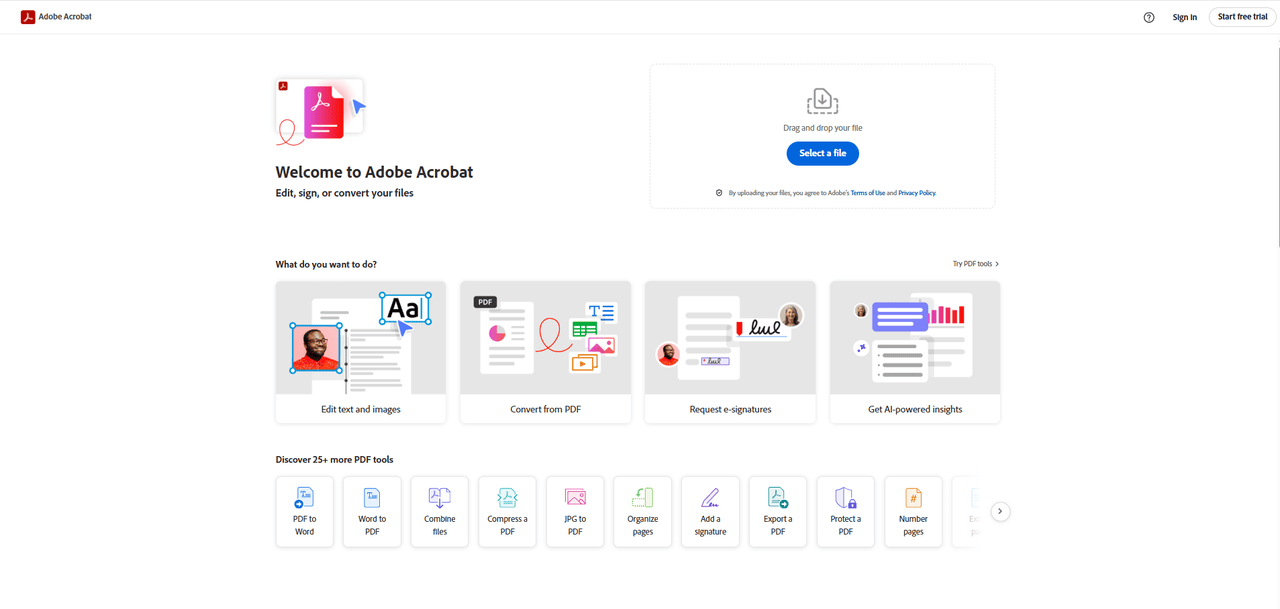
Key Features:
- Universal PDF compatibility and conversion
- E-signature and encryption options
- Rich annotation and commenting tools
- Integration with Microsoft 365 and Google Workspace
Best For:
Researchers and professionals finalizing or publishing formatted documents.
Pros & Cons:
✅ Trusted by enterprises worldwide
✅ Extensive security and signature tools
❌ No LaTeX or advanced equation editing
Compared to Overleaf:
Acrobat complements, rather than replaces, Overleaf—ideal for final-stage editing and publishing rather than source writing.
DocuSign CLM
Overview:
A comprehensive contract lifecycle management platform that streamlines creation, negotiation, and compliance processes.
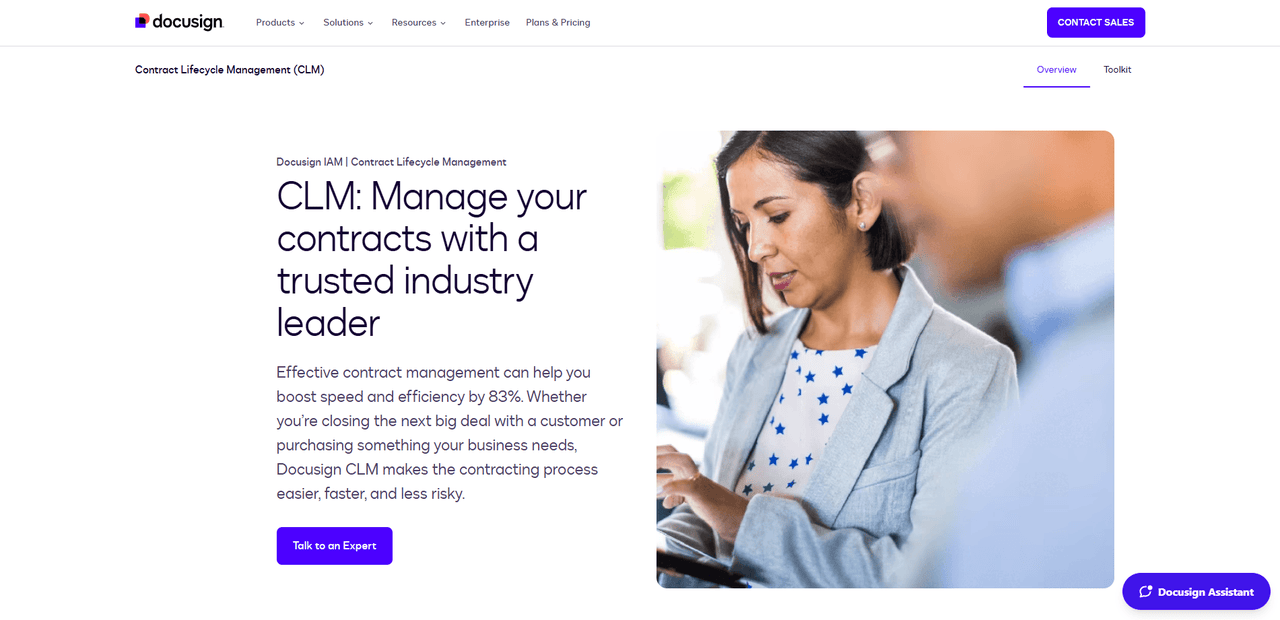
Key Features:
- Clause library and template management
- Version control and approval routing
- Secure storage and compliance audit trails
Best For:
Research institutions or enterprises manage large-scale agreements and MoUs.
Pros & Cons:
✅ Enterprise-level security and automation
✅ Clear workflow management
❌ No content authoring or LaTeX editing
Compared to Overleaf:
DocuSign CLM focuses on compliance and approval workflows, while Overleaf centers on content creation.
Qwilr
Overview:
An interactive document builder that transforms proposals and reports into visually rich, web-based presentations.
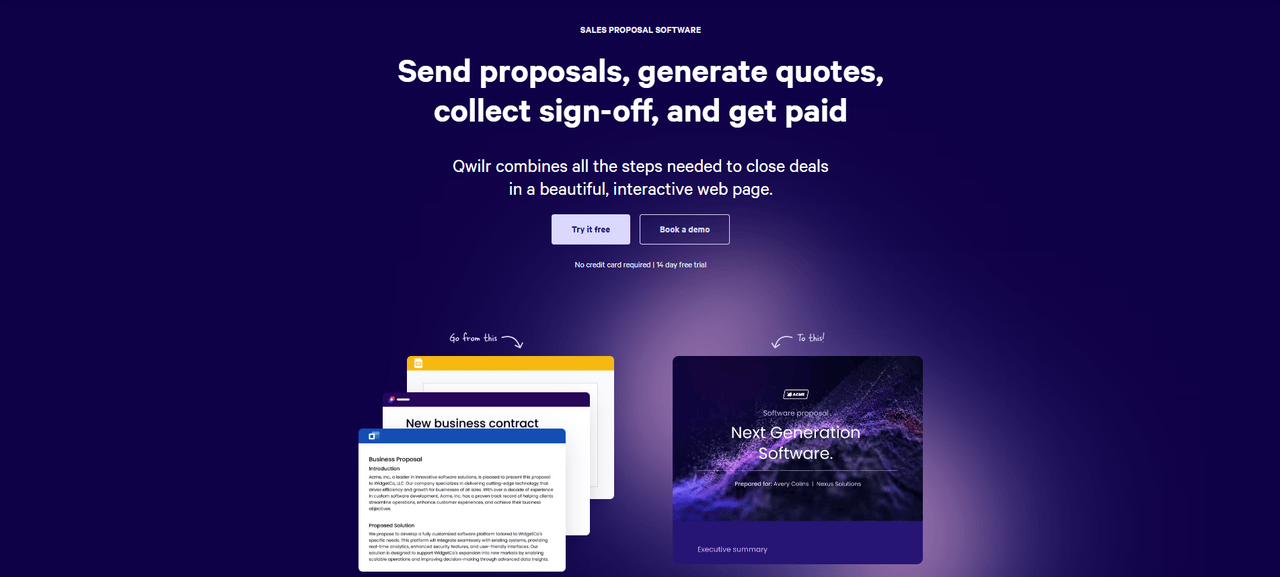
Key Features:
- Interactive multimedia embedding
- Responsive and branded templates
- Analytics for engagement tracking
- Drag-and-drop page customization
Best For:
Consultants, startups, and educators who want visually engaging documents.
Pros & Cons:
✅ Unique, presentation-style output
✅ Great for visual storytelling
❌ Limited academic formatting tools
Compared to Overleaf:
While Overleaf prioritizes precision and code-based control, Qwilr emphasizes creativity and interactivity.
Syncfusion Essential Studio
Overview:
A developer-focused suite for automating LaTeX, Word, and PDF document generation within software applications.
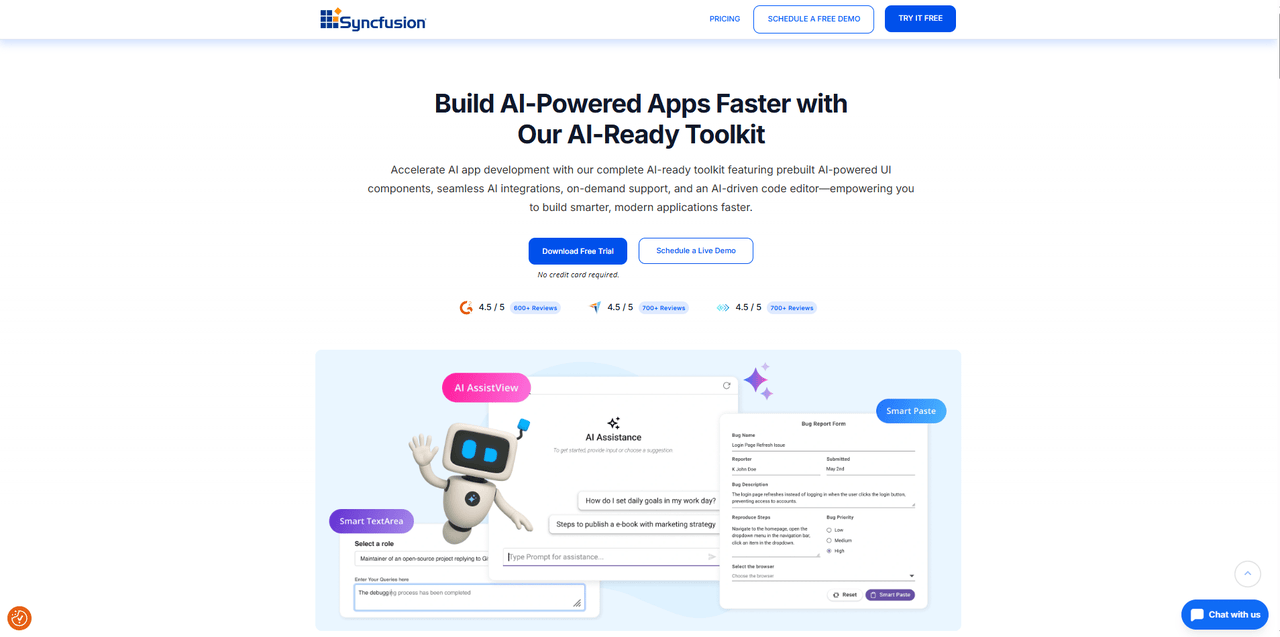
Key Features:
- Full API support for LaTeX rendering
- Cross-language SDKs (.NET, Java, JavaScript)
- Programmatic document creation and conversion
- One-time licensing, no subscription
Best For:
Developers and IT teams are building document automation systems.
Pros & Cons:
✅ Supports LaTeX syntax rendering
✅ Developer-oriented with flexible API integration
❌ Not suitable for manual writing or editing
Compared to Overleaf:
Syncfusion delivers backend automation rather than user-facing LaTeX collaboration.
Foxit PDF Editor
Overview:
A lightweight yet powerful PDF editor positioned as a cost-effective alternative to Adobe Acrobat.
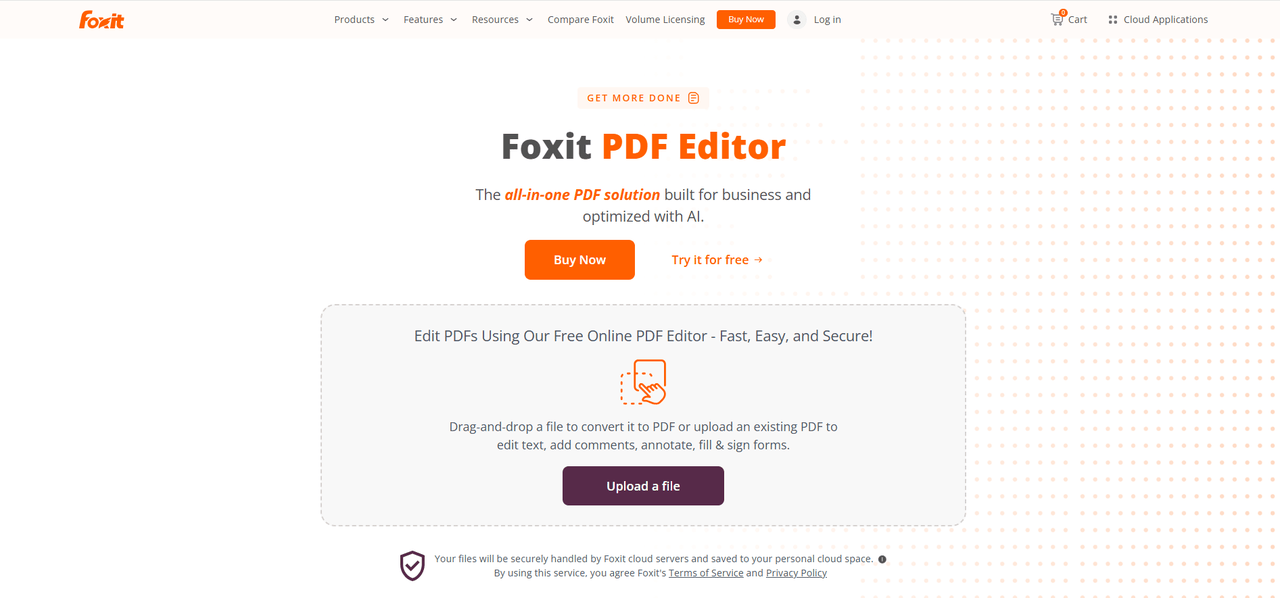
Key Features:
- Secure collaboration and annotation tools
- E-signature support
- OCR and batch processing
- Cross-platform availability
Best For:
Researchers and professionals who frequently manage PDFs but don't need LaTeX features.
Pros & Cons:
✅ Fast and budget-friendly
✅ Reliable security features
❌ Limited integration for collaborative LaTeX editing
Compared to Overleaf:
Ideal for document management and editing, not technical composition.
Proposify
Overview:
An online platform that streamlines proposal creation, approval, and analytics for business teams.

Key Features:
- Customizable templates and reusable content
- Analytics for proposal engagement
- Integrated e-signature capabilities
- Real-time commenting and collaboration
Best For:
Sales, marketing, and project proposal workflows.
Pros & Cons:
✅ Collaborative and data-driven design
✅ Excellent for client-facing documents
❌ Lacks technical or academic focus
Compared to Overleaf:
Geared toward business communications, not technical writing or mathematical documentation.
Lumin PDF
Overview:
A cloud-based PDF editor that integrates seamlessly with Google Drive and Google Docs for real-time collaboration.

Key Features:
- PDF editing, annotation, and signing
- Integration with Google Workspace
- Version control and access management
- Affordable education plans
Best For:
Academic or business teams already using Google Workspace.
Pros & Cons:
✅ Simple and accessible from anywhere
✅ Real-time team collaboration
❌ No LaTeX or equation formatting
Compared to Overleaf:
Lumin enhances everyday document management but doesn't support academic typesetting or code-based editing.
Bonus: LaTeX-Focused Alternatives You Shouldn't Miss
While the tools above expand into business and PDF workflows, researchers looking for true LaTeX replacements should also consider these:
TeXstudio
A free, open-source desktop LaTeX editor offering syntax highlighting, auto-completion, and integrated PDF viewers. Great for offline use and advanced customization.

Papeeria
A web-based LaTeX editor similar to Overleaf, with collaboration features and Git integration. It's simpler but offers version control and offline syncing.
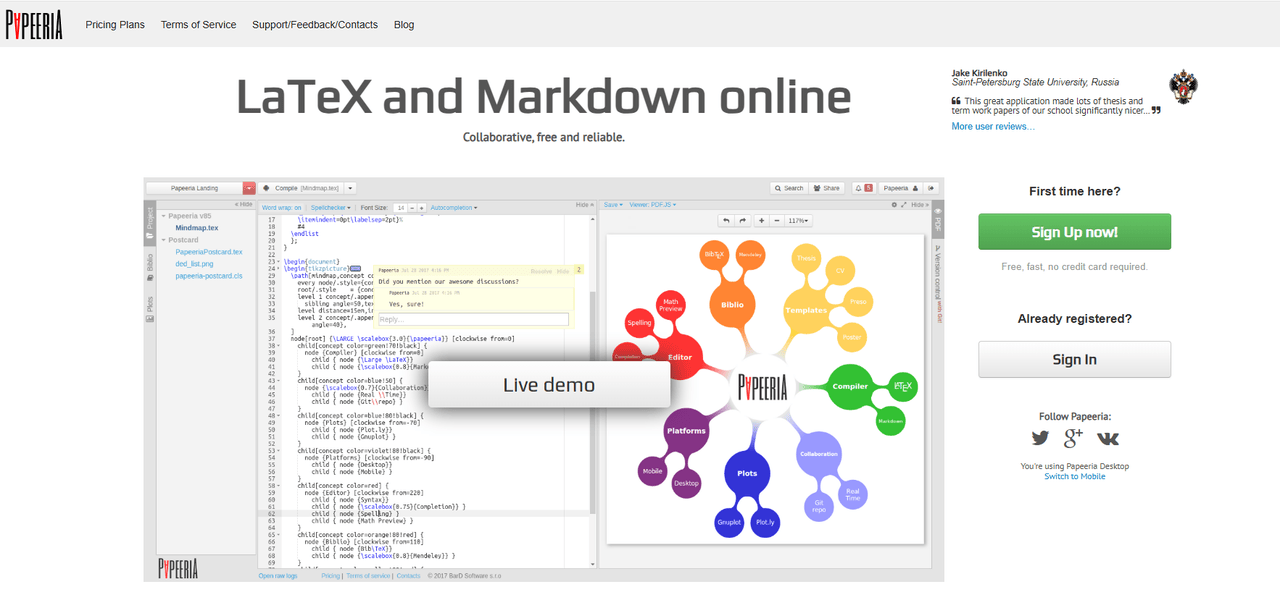
Authorea
Combines LaTeX writing with Markdown and data visualization. Perfect for publishing scientific articles or sharing interactive research outputs.
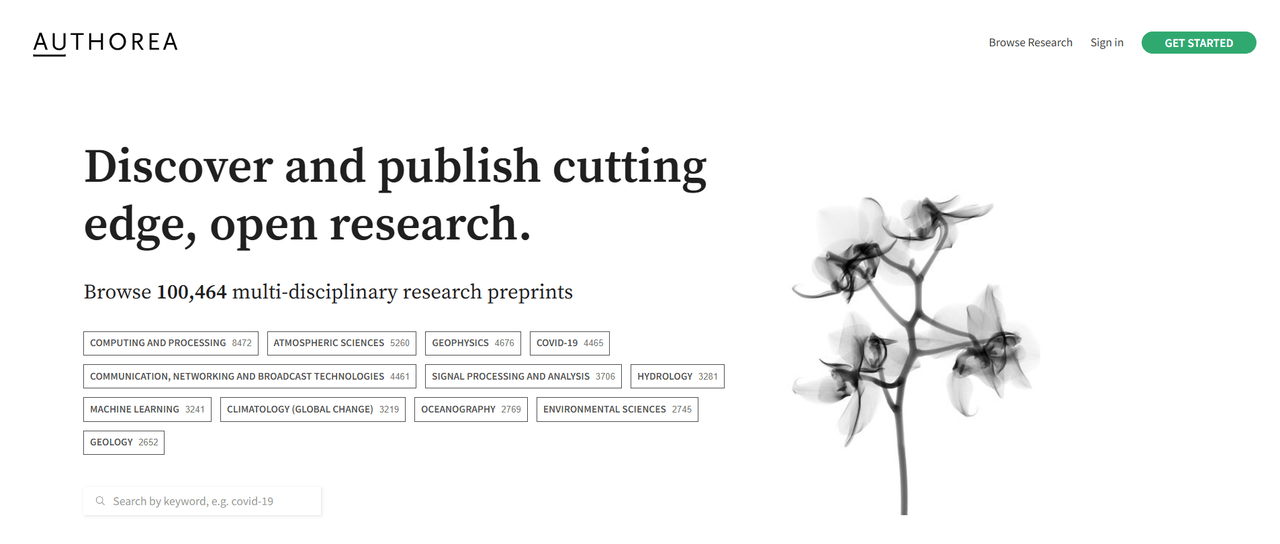
ShareLaTeX (now part of Overleaf)
If you prefer the classic interface, some open-source forks of ShareLaTeX are still maintained independently for private installations.
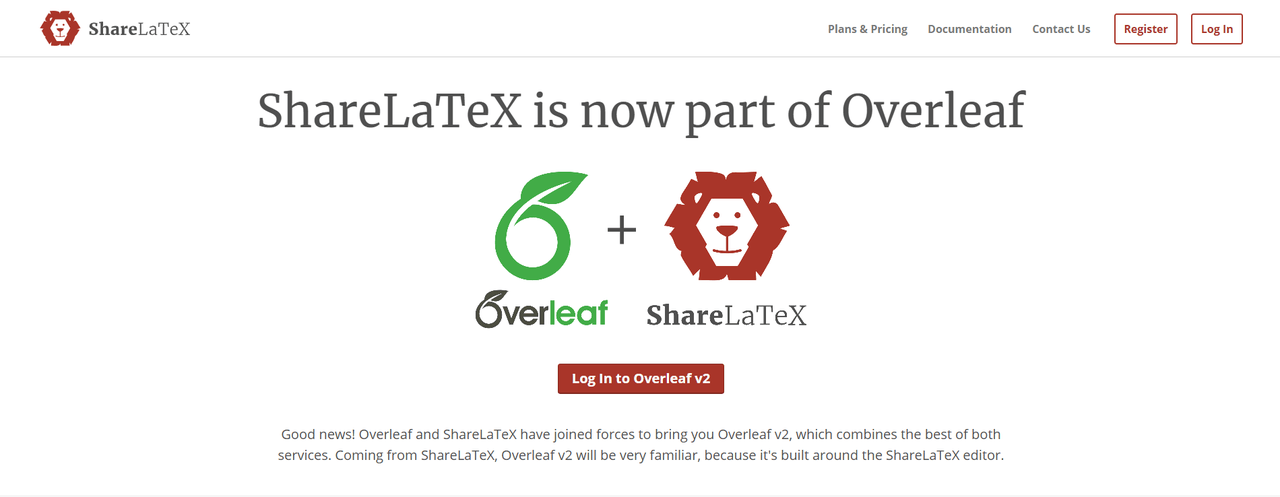
📊 Quick Comparison Table
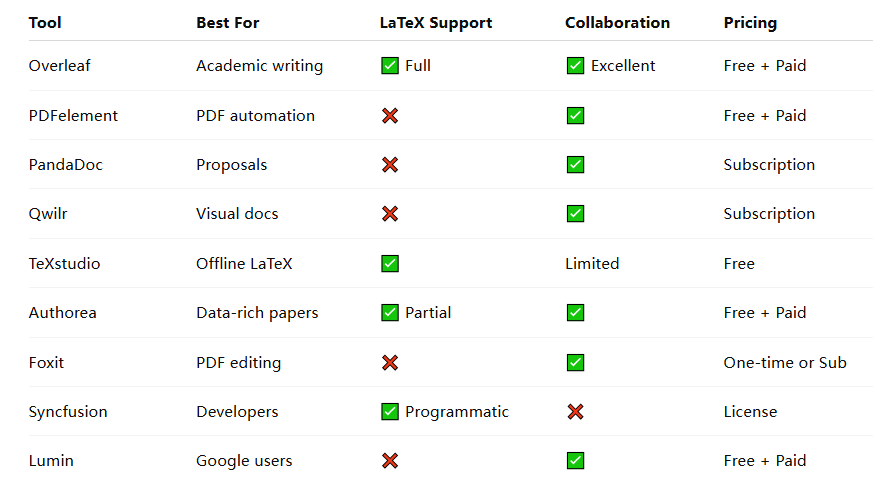
Choosing the Right Tool for Your Workflow
When picking an Overleaf alternative, start by identifying your core use case:
- For students and researchers: Stick with Overleaf, TeXstudio, or Authorea for authentic LaTeX control.
- For enterprises or startups: Choose PDFelement, PandaDoc, or Conga Composer for automation and scalability.
- For developers: Syncfusion provides API-level document creation.
- For educators and communicators: Qwilr and Lumin offer engaging, collaborative layouts.
Each platform has strengths that suit different stages of document creation—writing, editing, collaboration, publishing, or compliance.
Migrating from Overleaf to a New Editor
Switching away from Overleaf doesn't mean you have to start from scratch. You can easily transfer your existing projects to most LaTeX editors or collaboration tools with just a few steps:
1、Download your project files
In Overleaf, open your project, click the Menu (⋮) button at the top left, and select Download as ZIP. This gives you all .tex, .bib, image, and class files used in your document.
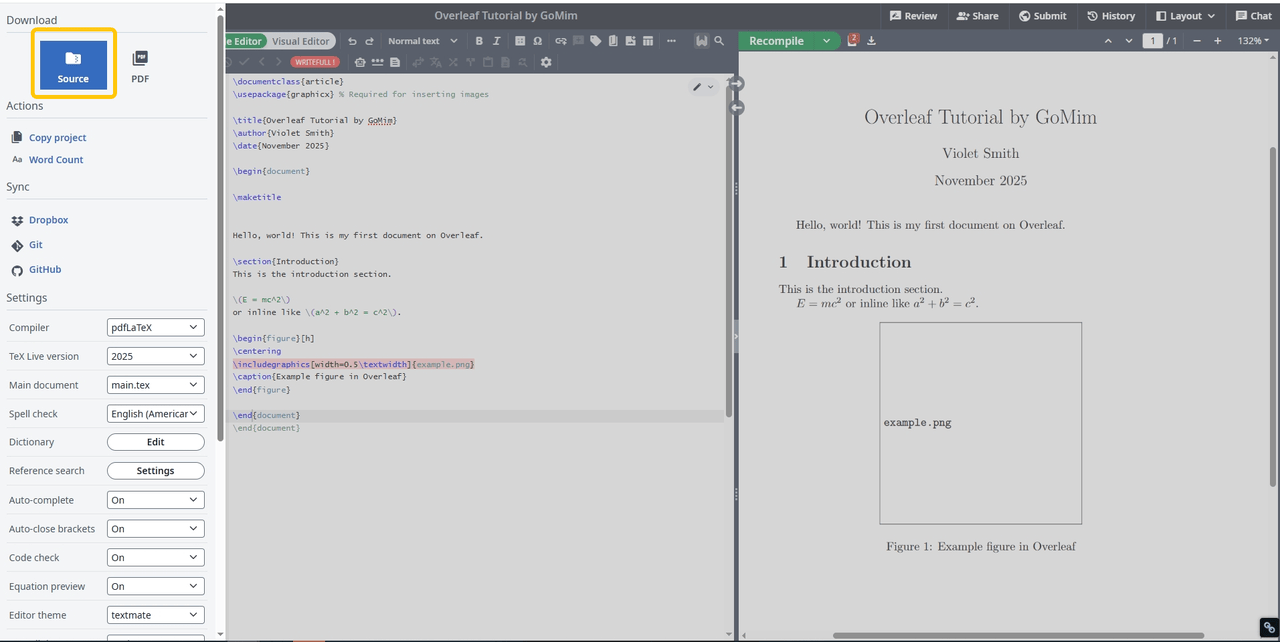
2、Set up your new LaTeX environment
Depending on your choice of editor:
- Desktop tools like TeXstudio or Texmaker only require you to extract the ZIP and open the main
.texfile. Make sure you have TeX Live or MiKTeX installed for compiling. - Online platforms like Authorea, CoCalc, or Papeeria often have an "Import Project" or "Upload ZIP" option, letting you bring in Overleaf files directly.
3、Resolve missing packages or templates
Some editors use different LaTeX distributions or directory structures. If compilation fails, check the log for missing packages, then install them via your package manager or update the preamble accordingly.
4、Rebuild your bibliography
If your project includes .bib references, make sure the new platform supports BibTeX or BibLaTeX (most do). You may need to adjust citation commands if switching to an editor with a built-in citation manager.
5、Recreate collaboration or version control
Overleaf automatically handles version history and sharing links. In local or hybrid editors, you can replicate this using GitHub, GitLab, or Google Drive Sync for real-time collaboration and backup.
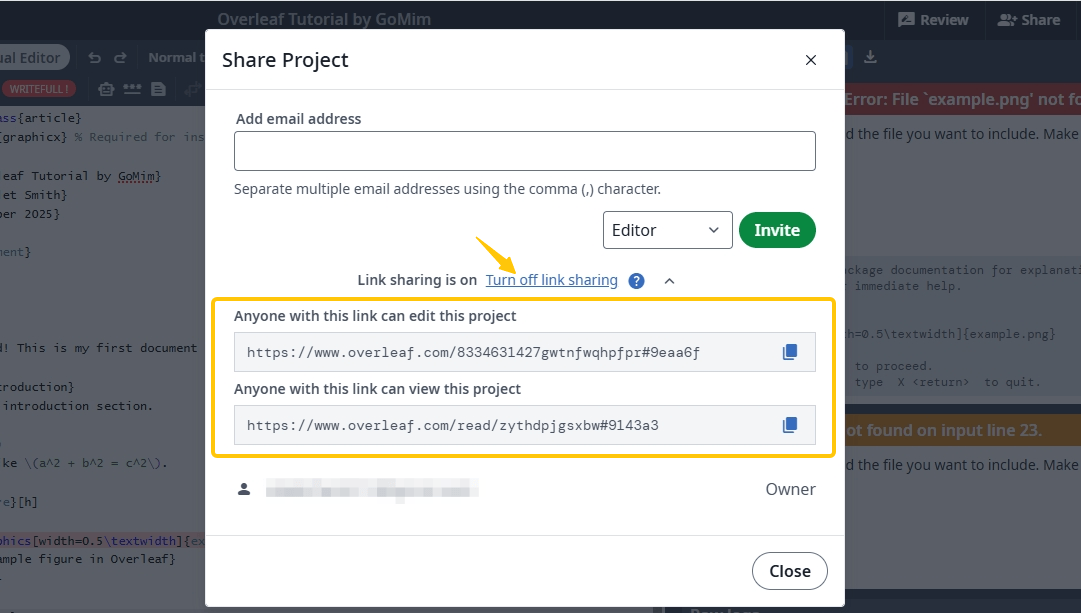
With these steps, you can migrate any Overleaf project—whether it's a journal submission, thesis, or research report—into your preferred LaTeX environment without losing formatting or structure. The process usually takes just a few minutes and helps you regain full control over your workflow.
Conclusion: Beyond Overleaf—Redefining How We Write
Overleaf remains the gold standard for LaTeX collaboration, especially in academia. Yet, as technology bridges the gap between research and real-world documentation, new tools offer flexibility that Overleaf never aimed to provide.
If your goal is precision typesetting, Overleaf and TeXstudio remain unbeatable.
If you want document automation and integration, platforms like PDFelement, PandaDoc, or Conga Composer may redefine your workflow.
And if your focus is visual storytelling or client engagement, Qwilr and Proposify lead the way.
Ultimately, the best Overleaf alternative isn't about replacing LaTeX—it's about finding the right balance between structure, collaboration, and creativity in how we communicate ideas in 2025.
FAQ
What are the best Overleaf alternatives for LaTeX editing?
If you need a true LaTeX environment (editor + compile), consider desktop editors and LaTeX-focused web editors such as TeXstudio, Texmaker, Papeeria, Cocalc, and newer browser-based options like Crixet — these keep LaTeX workflows intact while offering various trade-offs (offline use, IDE features, or cloud collaboration).
Can I work offline or switch to a local LaTeX workflow instead of Overleaf?
Yes. You can download your Overleaf project as a ZIP (sources: .tex, .bib, figures), then compile locally with TeX Live/MiKTeX and an editor such as TeXstudio or VS Code + LaTeX-Workshop. Many users prefer local setups for offline work, privacy, or finer control.
Do alternatives offer the same collaboration features (real-time editing, comments, versioning) as Overleaf?
Some do and some don't. Cloud platforms like CoCalc, Papeeria, and certain modern web editors provide real-time co-editing and commenting, while desktop editors rely on Git or shared storage for collaboration. Overleaf still leads for seamless browser-based real-time collaboration, so evaluate collaboration needs case-by-case.
How difficult is it to migrate projects from Overleaf to another platform?
Migration is generally straightforward: export your Overleaf project (ZIP), upload/import into the target editor, then resolve any package or template differences during a test compile. Some platforms (e.g., Crixet) document import flows explicitly to simplify this step. Always test with a small project first to catch compatibility issues.
If I don't need LaTeX, which tools are best as "Overleaf alternatives" for document automation or enterprise workflows?
For non-LaTeX needs—document automation, proposals, e-signatures, and enterprise integration—tools like PDFelement, PandaDoc, Conga Composer, Adobe Acrobat, and DocuSign CLM are commonly recommended. These platforms emphasize templates, CRM/API integrations, signing, and publishing rather than typesetting.
Recent Posts
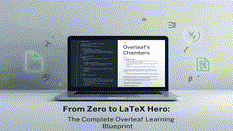
Learn how to use Overleaf — from setup to LaTeX writing, collaboration, and exporting. A complete beginner's guide with tips and FAQs.

If you are a student, chances are you have felt stuck in the middle of a math problem. Maybe it is algebra, calculus, or...Try it free now

Advanced Placement (AP) is a program created by the College Board in the United States that offers college-level curricu...Try it free now
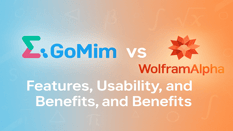
Mathematics often brings mixed reactions. Some enjoy the challenge, while others feel overwhelmed by complex equations. ...Try it free now
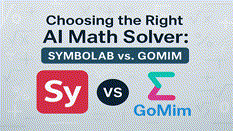
In today's digital age, selecting the right mathematical tool is essential for students, educators, and professionals al...Try it free now

If you've ever struggled with solving a tricky math problem, you're not alone. Today, students across the world are turn...Try it free now
Table of Contents
- Why Look for Overleaf Alternatives?
- How We Evaluated These Alternatives
- Top 10 Overleaf Alternatives in 2025
- Bonus: LaTeX-Focused Alternatives You Shouldn't Miss
- 📊 Quick Comparison Table
- Choosing the Right Tool for Your Workflow
- Migrating from Overleaf to a New Editor
- Conclusion: Beyond Overleaf—Redefining How We Write
- FAQ
Your Personal AI Math Tutor
instant problem-solving, step-by-step explanations, personalized learning paths, and visual aids
AI Math SolverLearn math smarter on GoMim
Try GoMim Free - The Most Advanced AI Math Solver!
Join thousands of students using GoMim for math learning and problem -solving.
